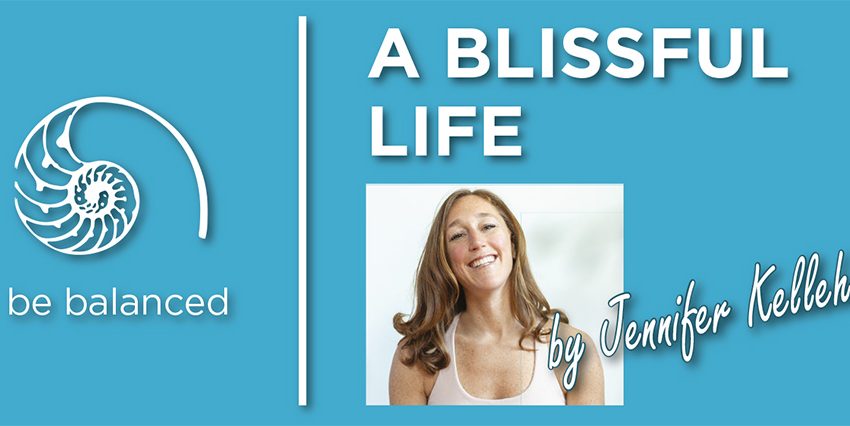Learning To Meditate

By Jennifer Kelleher
I invite you into an exercise. Read through the directions that follow and then close your eyes and experience it. Settle into a seat with a straight spine, legs uncrossed, hands resting in your lap. Close your eyes and take a few deep breaths, in and out.
Open up your ears and tune into the sounds of this moment.
Loud sounds, soft sounds, close sounds, distant sounds, constant sounds, sounds that come and go, the sound of your breath, the space between sounds. Do not label, judge, or expect the sound, rather, let it wash through you like water. After some time experiencing sound, move to touch. Focus on how your body folds in on itself, your clothing on your skin, the weight of your body on your chair, your hair on your neck, the breath in your nostrils. Again, do not judge or try to change or fix anything, simply have the experience of touch now.
Next, keeping your eyes closed, move to sight. Is there darkness, light streaming in the corners of your eyelids, colors, shapes, or images in your third eye vision? Be completely immersed in the sense of sight.
Continue on to taste. Without having to label any tastes present, become aware of the flavors and the feel inside of your mouth. Notice any tastes on the tip of your tongue, back of your tongue, sides of your tongue. Is your mouth dry, or acidic?
Finally, move to smell, opening yourself to receive any scents present now. After spending some time with smell, go back to sound and this time start to stack the senses. Become completely aware of sound, letting the sounds of now wash through you. Staying aware of sound, add in touch. Hear and feel. Then, keeping the eyes closed, bring in sight. Hear, feel, see. Next, taste. Hear, feel, see, taste. And finally, smell. Hear, feel, see, taste, and smell. Stay in this exercise for a little while, noticing how many of the senses you can hold in your awareness at the same time.
How do you feel?
The mindfulness exercise you just experienced is a great way to bring yourself into the present moment. Different from meditation, mindfulness practices are more of waking-state practices, and they require a bit more control. Meditation is a practice of letting go, and it can feel very vulnerable for some, which is why I find mindfulness exercises to be a great segue into meditation.
Instead of dropping directly into meditation, my clients tend to have more success when they use mindfulness exercises to help the mind gradually let go of its illusion of control. The result is a graceful shift into the slower, more relaxed brain waves that encourage deep physical and emotional healing.
I began my practice of daily meditation three years ago, and I find it to be one of my most lucrative wellness tools. Just 15 minutes twice a day provides palpable immediate and long-term benefits. Did you know that meditation is actually five times more restful than sleep? It allows you to access the subtle levels of the mind and release a lifetime of old stress, which accumulates in your cells. This is huge, especially considering that 90% of all doctor visits are due to stress (according to the WHO).
If you are curious about starting your own no-frills meditation practice, call me (Jen) at 917-318-1168. Learning the modality takes no more than four to six sessions. I invite you to come practice yoga at Ocean Bliss Yoga Studio, located on the third floor of the Belle Harbor Yacht Club (533 B. 126th St. – parking downstairs in the lot). Check our schedule and offerings at oceanblissyoga.net.


